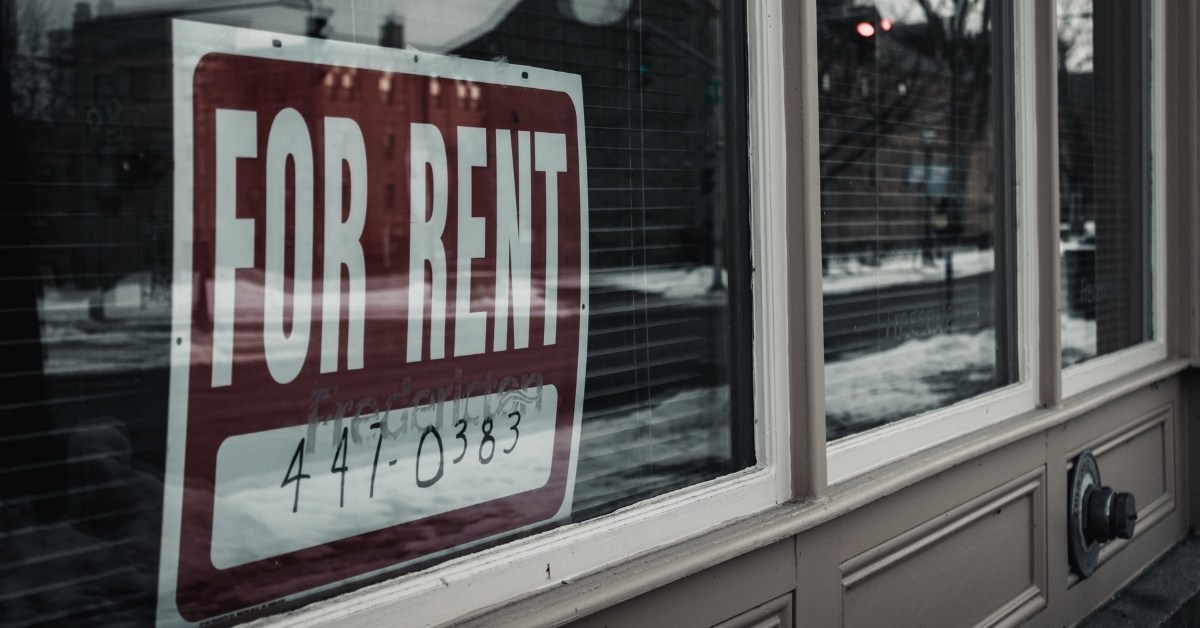The best way to prepare people for homeownership is by assisting their needs as renters. Moving forward, renter-specific housing policy is needed to provide tenants with a stable place to live and the chance at homeownership. These policies could include rent caps, regulations on application fees and tenant screenings, tax benefits for those who rent, or factoring in on-time rent payments into credit scores.
An estimated 10,106 residents in York City rented their homes in 2019. This trend follows the increasing, nation-wide demand for rental housing since 2008, which shows a decrease in homeownership as a consequence of the Great Recession.
For many, renting is the preferred housing option, as it can be cheaper than maintaining a house and allows for geographic mobility. However, for those with prospects of owning a home, the rising cost burden of rental housing is often the biggest inhibitor.
The Census Bureau considers a household to be cost burdened if 35% or more of their income is spent on rent. In York City, that accounts for about 47% of renters.
Many households struggle to find affordable rental units that allow them the financial stability needed to sort out homeownership costs. The largest barrier to homeownership continues to be residents’ inability to pay for downpayment and closing costs.
Included in this barrier is the inability to build up a sufficient credit profile needed to get approved for a home. People of color, especially women of color, are disproportionately impacted by these barriers because of historical barriers to wealth building and discriminatory practices like redlining and predatory lending.
As a result of this reality, thousands of people are stuck on the rental prong of the social ladder, paying up a significant chunk of their income every month with no hope of owning the property they are paying into. Cost burdensome rental payments prevent people from affording both housing and other essential necessities.
People denied housing have no choice but to either go through the social service bureaucracy to find shelter or opt to sleep on a bench instead.

The Census Bureau considers a household to be cost burdened if 35 percent or more of their income is spent on rent. As of 2019 in York City, Census data estimates that there are 4,501 renters (47%) paying 35 percent or more of their income in rent. The median rent in 2019 was $846, which is $225 more per month than the 2010 median of $621.
To put this cost into perspective, $846 a month for a year is $10,152. The median household income in 2019 is $33,906, with 8,358 households (51%) making less than $35,000 per year. A household making the median income paying median rent would be spending 30 percent of their yearly income on rent alone. For the 3,343 households (21%) in 2019 that make less than $14,999 per year, their housing costs likely take up 100 percent or more of their income, making it close to impossible to afford all of life’s other basic necessities like food, water, hygiene products, clothing, phone services, and Internet subscriptions.
Low-income individuals, especially people of color and female-headed households, are most severely affected by rental cost burdens. To afford basic living costs, Whittle et al. in 2014 finds that those with cost burdensome rent will turn to illicit means of income in order to pay the bills. These activities include but are not limited to stealing, exchanging sex for money, and selling drugs. Having to pay impractically expensive rent traps people in a vicious cycle of poverty where the cost of living a dignified life is often beyond their budget.
In Post-Great Recession America, public policy has disproportionately assisted homeownership through various incentives such as tax breaks and lower mortgage rates. These policies are influenced by the belief that homeownership is key to economic growth. What these policies fail to address is that homeownership is not an option for a growing number of people, especially for renters whose housing costs prevent them from affording homeownership fees such as down payments, closing costs, and mortgage payments.
Housing is at the center of living a fulfilling, healthy life. The current rental system in the United States is hostile to those most in need of quality, affordable housing. Without a sufficient income to cover rental payments, thousands of people risk losing one of life’s most basic necessities. Once someone loses their housing, they lose the chance at any semblance of a stable life. That is why, when it comes to housing policy, crafting the right legislation that meets renters’ actual needs is essential.




